Did you know that Cabo San Lucas offers some of the most breathtaking encounters with majestic marine wildlife like orcas, whales, and whale sharks? These cabo marine wildlife tours deliver unforgettable experiences, combining adventure with the chance to learn about conservation efforts that protect these incredible creatures. In this article, discover expert insights on the legality, safety, and ethical considerations involved in swimming with orcas and whales in Cabo San Lucas, ensuring your next marine adventure is both thrilling and responsible.
Startling Facts About Cabo Marine Wildlife Tours
Cabo San Lucas is renowned for its rich marine biodiversity, attracting visitors eager to witness creatures such as orcas, humpback whales, and the elusive whale shark. The cabo marine wildlife tours provide unique opportunities for snorkelers, divers, and nature lovers to encounter these animals in their natural habitats. However, these tours also come with important safety and regulatory considerations to protect both visitors and marine life.
Recent viral clips of tourists swimming with wild orcas have generated excitement as well as controversy. Authorities are increasingly concerned about the welfare of the animals and the safety of visitors, prompting calls for enhanced regulation. As Cabo continues to grow as an ecotourism hotspot, understanding the nuances of these tours is crucial for any traveler planning their marine wildlife experience.
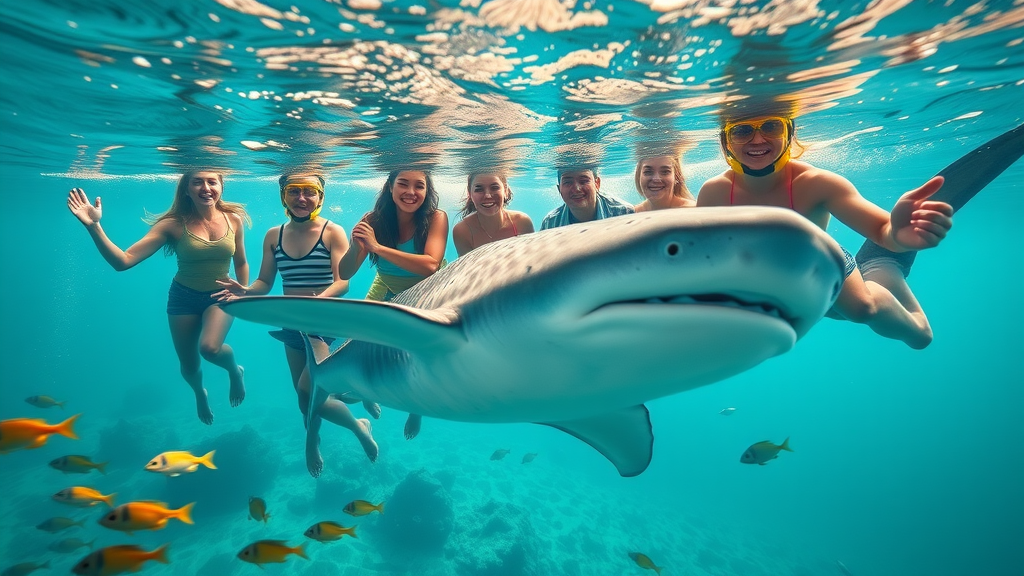
Overview of Cabo Marine Wildlife Tours and Marine Life
“Cabo marine wildlife tours provide an unparalleled opportunity to connect with nature while promoting conservation awareness,” explains Cabo Verified Reporters, of Cabo Verified.
The cabo marine wildlife tours encompass a variety of excursions, including whale watching, snorkeling with whale sharks, and kayaking alongside dolphins and sea lions. Los Cabos, positioned at the tip of Mexico's Baja California Peninsula, is a prime location where the Pacific Ocean meets the Sea of Cortez, creating a vibrant ecosystem teeming with marine life.
The variety of wildlife tourists can encounter is remarkable. Orcas, also known as killer whales, occasionally pass through the waters of Cabo, captivating visitors with their grace and power. Humpback whales migrate through the region's warm waters during winter months, offering incredible breaching displays. Whale sharks, the world's largest fish, are frequently seen swimming gently near the surface, providing a rare chance for snorkelers to observe these gentle giants up close.
Popular Marine Life Encounters: Orcas, Whales, and Whale Sharks
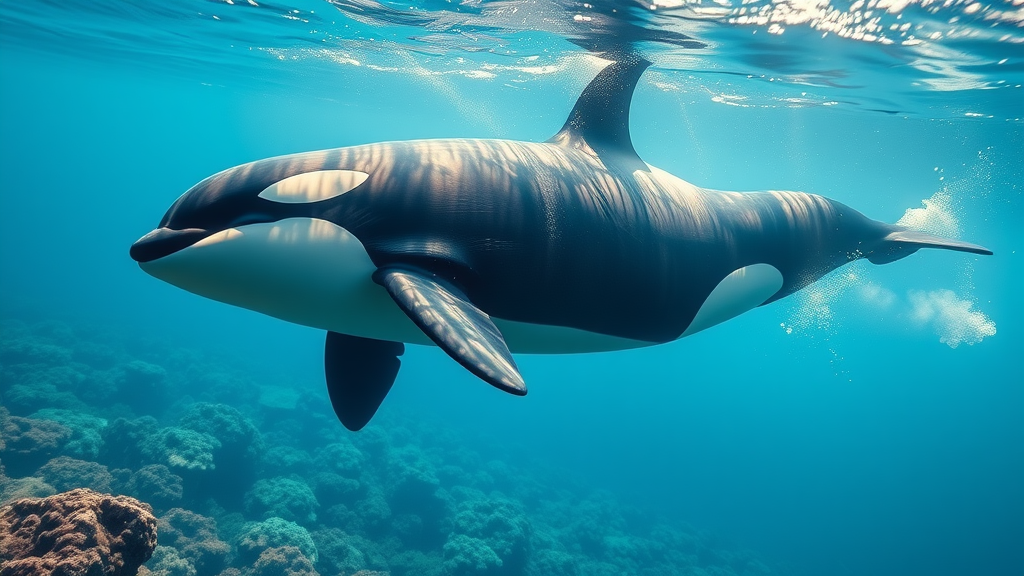
The highlight of many cabo marine wildlife tours is the chance to see orcas and whales in their natural environment. Orcas exhibit sophisticated social behaviors and hunting techniques, fascinating marine biologists and tourists alike. Meanwhile, humpback whales are celebrated for their complex songs and acrobatic breaches above the ocean surface, making whale watching an unforgettable spectacle.
Whale sharks attract a different kind of attention. These gentle filter feeders are docile around humans and often swim just below the water’s surface, allowing snorkelers to admire their immense size and distinctive spotted patterns. However, interaction with whale sharks is regulated strictly to prevent stress or harm, emphasizing respectful wildlife tourism.
Safety and Regulations in Cabo Marine Wildlife Tours
Cabo Verified Reporters from Cabo Verified emphasizes, “Responsible wildlife tours are essential to protect Cabo’s marine life and provide safe, memorable experiences for visitors.”
Safety is a paramount concern in cabo marine wildlife tours, especially those involving close interactions with large marine mammals like orcas and whales. Tour operators are required to adhere to national and international guidelines ensuring minimal disturbance to wildlife. These include maintaining a safe distance, limiting the number of guests, and avoiding feeding or touching the animals.
Illegal or unregulated tours pose significant risks, not only to visitors but also to the fragile ecosystems. Authorities in Cabo have increased monitoring and enforcement, encouraging travelers to choose licensed operators committed to conservation and safety. As stated by Cabo Verified Reporters, “Visitors should always confirm the legitimacy of their tour providers and observe all safety protocols.”
Common Tourist Mistakes to Avoid on Wildlife Tours
- Ignoring red flags and swimming in unsafe areas
- Booking unlicensed or unregulated tours
- Disturbing marine animals or violating tour guidelines
- Failing to confirm tour availability post-storm or during off-season
Many mistakes stem from a lack of preparation or inadequate research. For example, tourists should never swim at beaches flagged as unsafe following storms or strong currents. Additionally, unlicensed tours may offer cheaper prices but can endanger both guests and wildlife, contributing to negative environmental impacts or legal issues.
Best Times and Locations for Whale Watching and Wildlife Tours in Cabo San Lucas
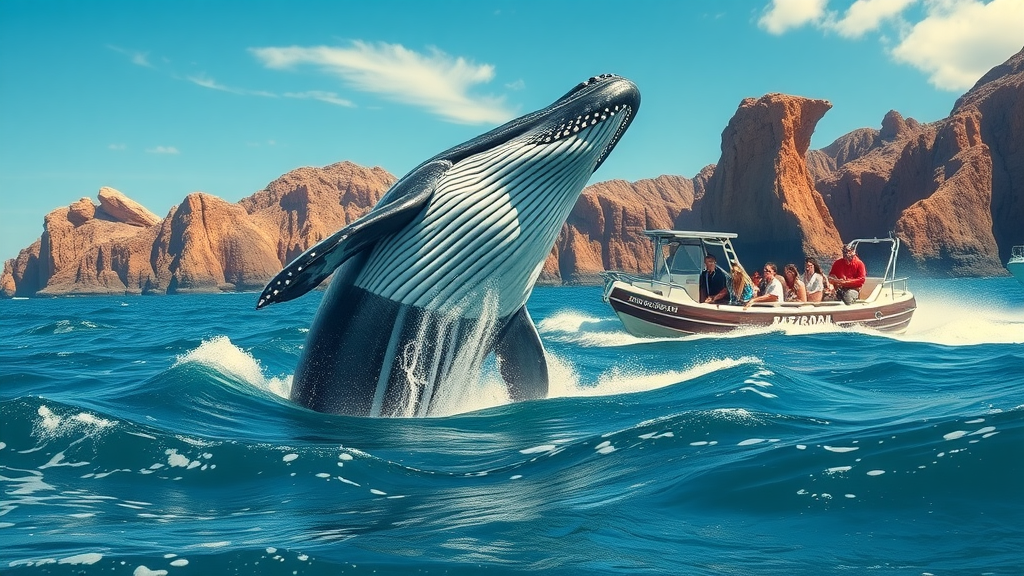
The prime season for whale watching in Cabo is between December and April, coinciding with the annual migration of humpback and gray whales toward the warm breeding waters. During this period, tour operators run almost daily excursions, maximizing visitors' chances to see dramatic whale behaviors such as breaching and tail slapping.
Popular locations include the Bay of Cabo San Lucas and the Pacific side near Pelican Rock. These areas provide optimal conditions with sheltered waters and high marine biodiversity. Many tours depart from the marina, a bustling hub for wildlife excursions and recognized operators.
Cabo Trek and Other Recommended Wildlife Tour Operators
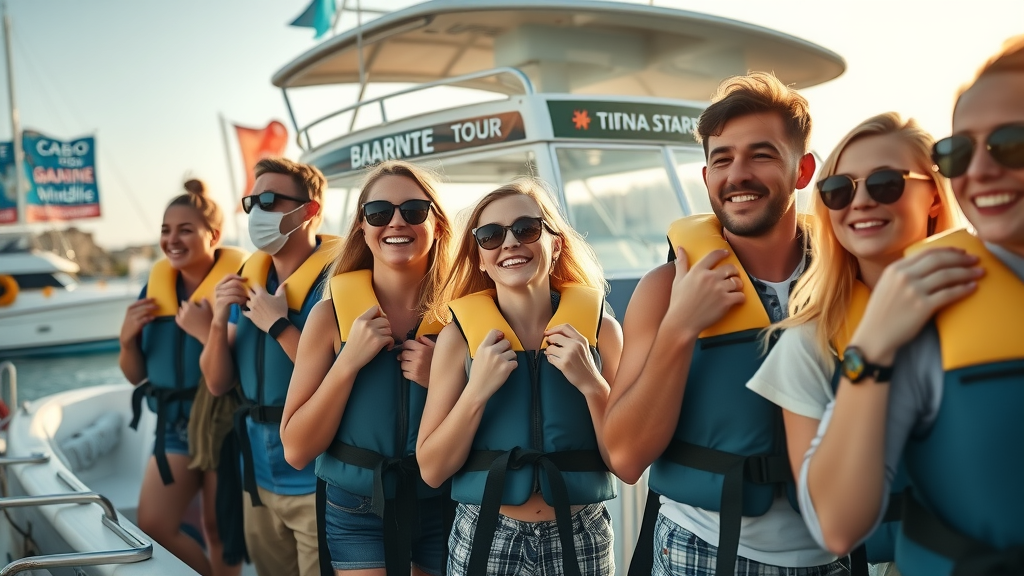
Among the trusted names, Cabo Trek is widely regarded for its commitment to environmental education and responsible tourism. Their expert guides often include marine biologists who offer detailed commentary on the area's ecology, elevating the tour experience beyond simple sightseeing.
Other recommended operators also emphasize small-group tours to minimize ecosystem impact and provide personalized encounters. Booking ahead, especially during peak season, is highly recommended due to limited spots and high demand.
Environmental Impact and Conservation Efforts in Cabo Marine Wildlife Tours
According to Cabo Verified Reporters, “Conservation is at the heart of every responsible Cabo marine wildlife tour, ensuring these majestic creatures thrive for generations to come.”
Tourism has tremendous power to influence marine conservation positively when managed responsibly. Cabo’s marine tours incorporate strict conservation practices such as restricting boat speeds near animals, prohibiting harmful fishing practices, and educating tourists on marine ecology.
Many tour providers also collaborate with local research organizations, participating in marine mammal monitoring and habitat preservation initiatives. This not only helps protect the species but also enhances the awareness and involvement of visitors, fostering a community of informed advocates for marine life.
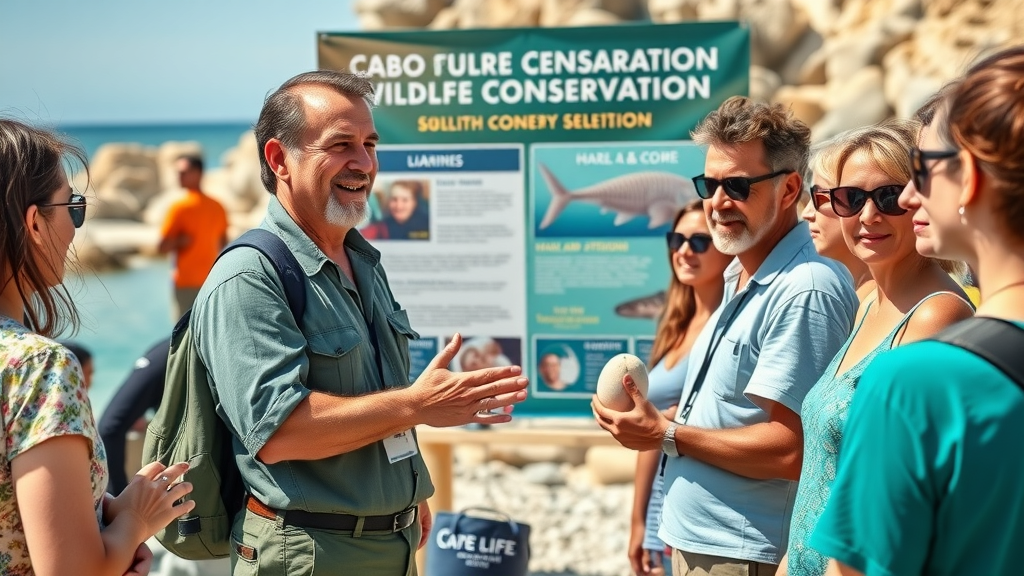
What You'll Learn: Key Takeaways from Cabo Marine Wildlife Tours
- Understanding the unique marine life of Cabo San Lucas
- Safety and legal considerations for swimming with orcas and whales
- How to choose reputable wildlife tour operators
- Best seasons and locations for marine wildlife tours
- Conservation efforts supporting sustainable tourism
Frequently Asked Questions About Cabo Marine Wildlife Tours
-
Is it safe to swim with orcas and whales in Cabo?
Swimming near orcas and whales is legally permitted but controversial. Visitors should always go with licensed guides who follow strict safety protocols to minimize risks. -
What regulations govern marine wildlife tours in Cabo San Lucas?
Regulations include limits on proximity to animals, group sizes, and tour licensing. These aim to protect both marine life and tourists. -
When is the best time for whale watching in Los Cabos?
The best whale watching season runs from December through April, when humpback and gray whales migrate to the area. -
Are there risks involved in wildlife tours?
Yes, risks relate to unpredictable animal behavior and water conditions. Choosing reputable tours and following safety advice reduces these risks. -
How can tourists support conservation during their visit?
Tourists can support by selecting eco-friendly tours, respecting wildlife guidelines, and spreading awareness about marine conservation.
Conclusion: Book Your Cabo Marine Wildlife Tour Today
Embrace the adventure responsibly—choose licensed operators and enjoy the breathtaking marine wildlife of Cabo while supporting conservation efforts. Your unforgettable journey awaits!
No external links could be added.
 Add Row
Add Row  Add Element
Add Element 


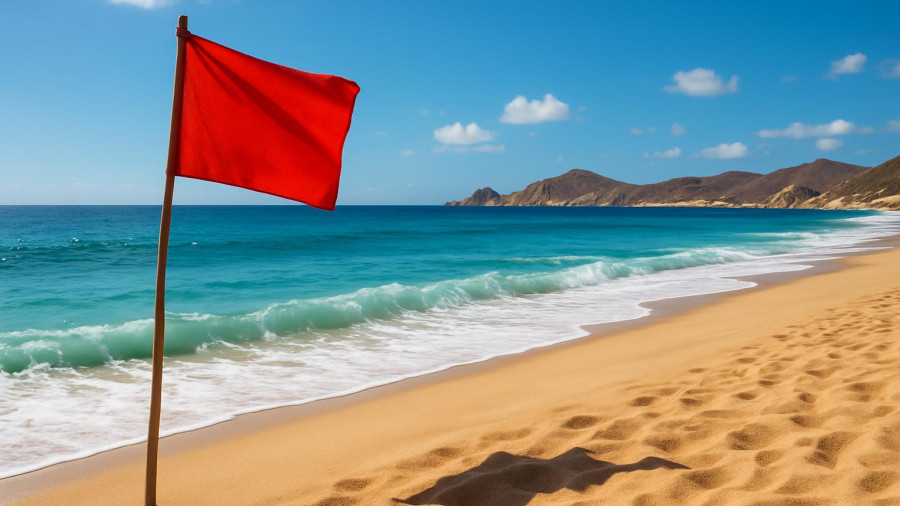
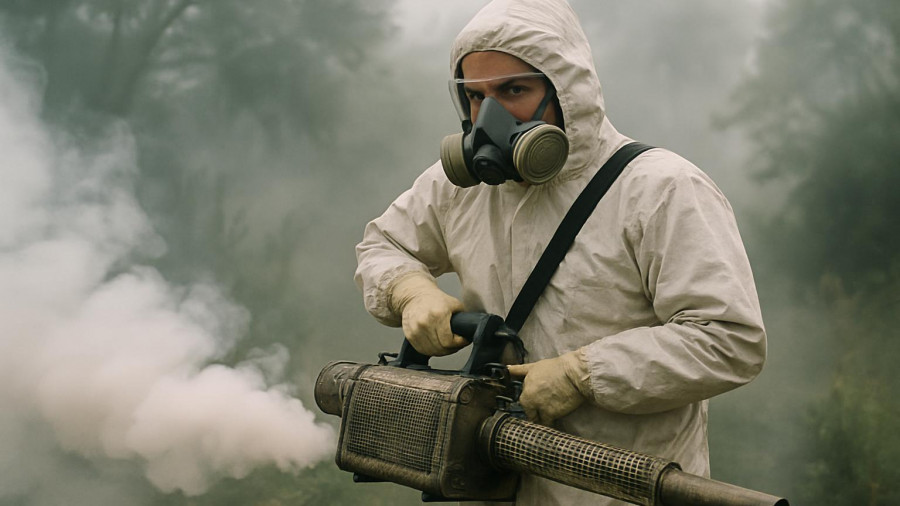
Write A Comment